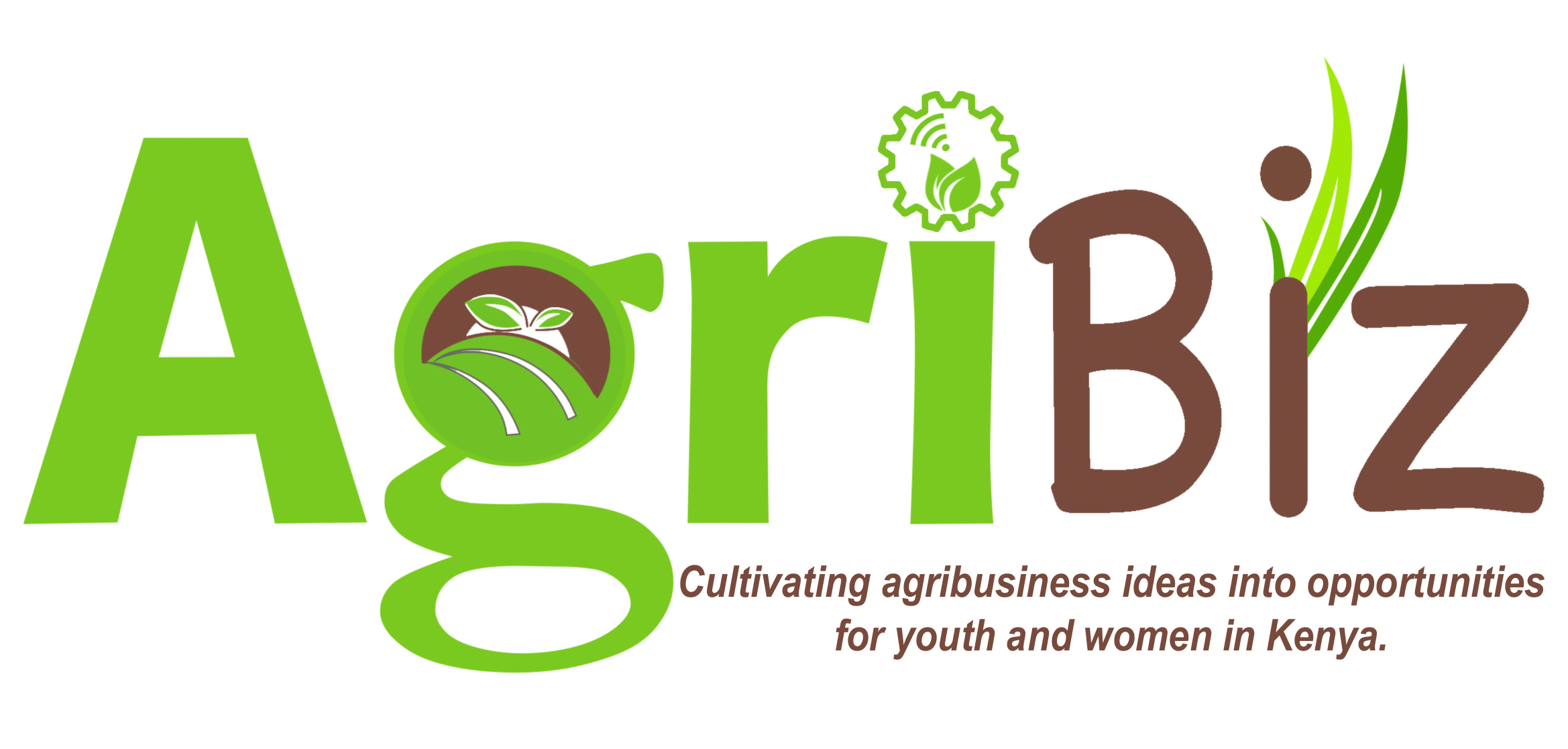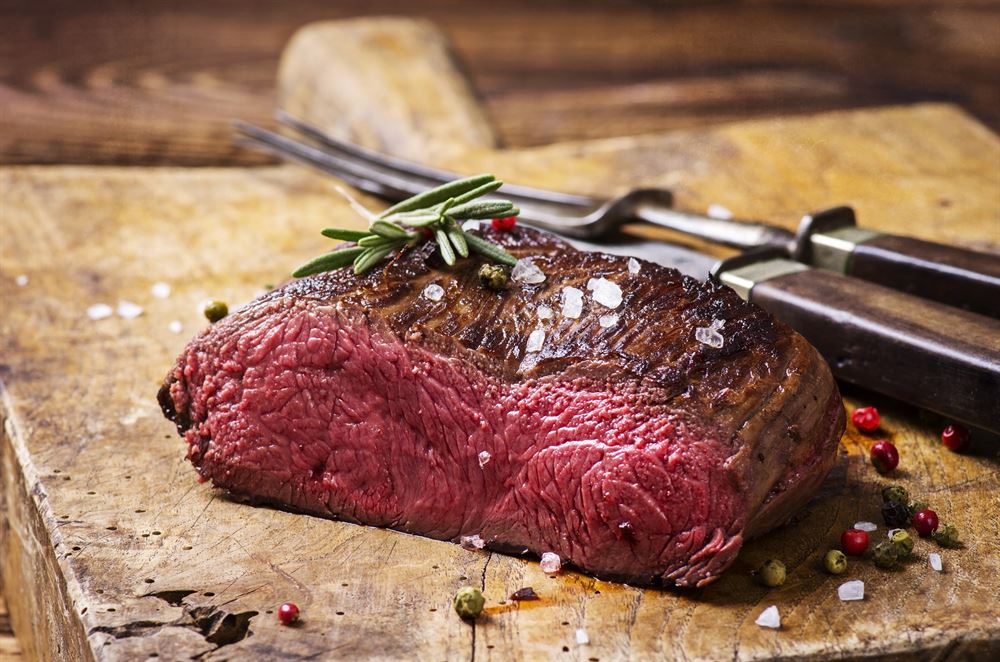In the sweltering heat of Isiolo County, a group of women and youth who are part of the Isiolo Juakali Nyinyir Marketing Cooperative are locked up in a room trying to earn a decent living.
With a lack of technology such as cold chains in the region, the enterprise has developed numerous coping strategies to concur and tame the harsh Kenyan north; the most fascinating, camel meat preservation. The community, therefore, takes advantage of the scorching sun to process camel meat.
The group numbering 15 are engaged in the camel meat business, which is gaining popularity in Isiolo town and far counties such as Nairobi, Naivasha, and Nakuru for its health benefits.
Once the sole preserve of nomadic Somali and the Middle East communities, camel meat is three times as rich in nutrients as red meat.
“Camel meat is lean, low in cholesterol, and high in protein. This makes it ideal meat for people with lifestyle diseases such as diabetes and high cholesterol as well as for health-conscious consumers,” says Abdi Omar, owner of an enterprise that processes camel meat in Isiolo.
Dried meat (otkac or nyirnyir) is usually prepared from camel meat. First, strips are cut and left in the sun to dry to remove the moisture and later cut into small pieces that are fried (usually in oil with garlic and cardamom) until they are dry. The dry-fried meat is then immersed in camel ghee (subtag), where the fatty mixture condenses and can be stored for at least 2-3 months without getting spoiled in bags made out of camel skin and hoofs.
“Making nyirnyir requires a lot of preparation: one has to clean themselves; you need specific tools, and kitchen hygiene is important too, as even the smallest contaminations can spoil the whole thing,” Abdi says.
One camel slaughtered and preserved this way can be eaten for up to 6 months. Then, for use, it’s scooped in potions and melted to be served as a stew with pounded maize meal, rice, beans(when available) or just eaten on its own as a whole meal.
When asked where they get all the meat, Abdi says, “The meat is acquired from three slaughterhouses in Isiolo, dried and packaged before selling. Not all parts of the camel are used to prepare nyirnyir. That is why we do not slaughter the camels on our own. At the slaughterhouse, we only take the steak; the rest is sold to the locals.
In a day, the organization buys up to 200 kilograms of fresh camel meat. The price of a kilogram of nyirnyir in Nairobi is Ksh 1200.
Their customers include walk-ins, restaurants, and institutions such as the Kenya Army , schools and colleges in Isiolo. Abdi adds that they have numerous verbal contractual agreements with buyers in Nairobi Eastleigh who serve as constant customers.
“We have never struggled with the market for our product. The nyirnyir is of good quality, and it sells itself. Our customers spread the word to their friends, and our supply market keeps growing every day,” Abdi explains.
The only challenge the enterprise is facing is commercializing the product and the process. The partnership with Kenya Climate Innovation Centre through the AgriBiz programme has come in handy for the enterprise. Abdi hopes the partnership will help his enterprise mechanize the meat processing and increase their production capacity.





